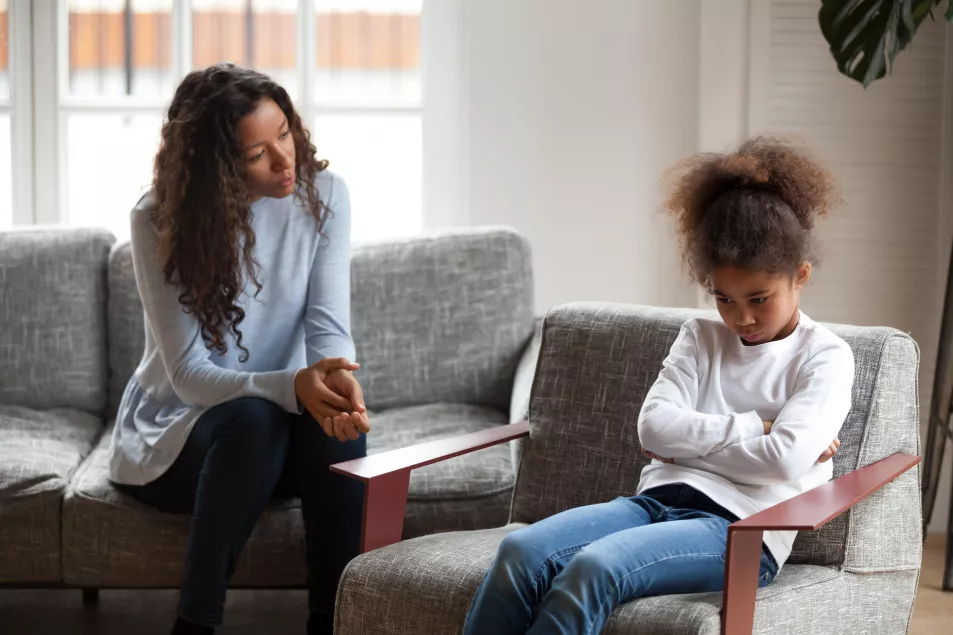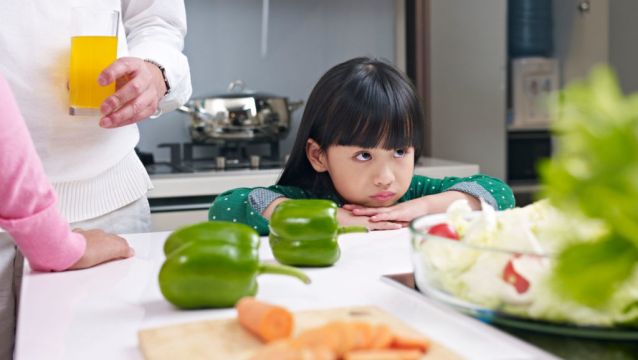We might think of Seasonal Affective Disorder (SAD) as the sort of thing that only affects gloomy grown-ups, a not-so-serious side effect of ‘adulting’ .
In reality, SAD – depressive symptoms that worsen during the winter months – can happen to children as well and can have a significant impact on their mental health.
“While it is more frequently diagnosed in adults, studies suggest that a notable percentage of young individuals also grapple with SAD,” says Dr Katy James, mental health clinical director at Vita Health Group.
“The exact prevalence can vary, but it is estimated that around 1 per cent to 3 per cent of children and adolescents may be affected.”
Older children are more likely to be affected, says Dr Simon Theobalds, GP at Pall Mall Medical: “Research suggests that the risk increases with age, becoming more noticeable in the teenage years.”
Here, our health experts talk through everything you need to know about SAD in children.
What are the symptoms of SAD parents should look out for in children?
View this post on InstagramAdvertisement
There are a variety of ways SAD can manifest in children.
Theobalds says signs to watch out for include: “Persistent sadness, irritability, or an overall sense of unhappiness that lasts for an extended period.”
A child’s sleep patterns or energy levels may change: “They may have difficulty falling asleep, staying asleep, or oversleeping. There may be unexplained tiredness or lack of energy, leading to decreased motivation and participation in regular activities.”
Eating habits may change – either an increase or decrease in appetite – and a child may struggle to concentrate, which can affect their school performance.
“There may be a noticeable drop in academic performance or a lack of interest in school-related activities,” Theobalds says. “Or avoidance of social activities, decreased interest in spending time with friends or family, and a preference for isolation.”
What should parents do if they spot these signs?

While some children will verbalise their feelings, others may not, which is why it’s important for parents to watch out for signs of low mood during winter and talk to their child if they notice anything unusual.
“Creating a safe space for the child to express their feelings is essential,” says James. “Try to keep the conversation focused on their thoughts and feelings, use open questions and try not to judge how they are feeling.”
She continues: “They might feel more comfortable talking to a sibling or other relative or teacher, so let them know that this is also ok with you if that is easier for them.”
Theobalds suggests seeking help from your GP: “They can assess the severity of the symptoms, provide a diagnosis, and recommend appropriate interventions.”
He adds: “If academic performance is affected, collaborate with teachers to create a supportive environment.”
How is SAD treated in children?

A multi-faceted approach is used to treat SAD, with options including light therapy, counselling and medications.
“Light therapy exposes individuals to bright artificial light which simulates exposure to sunlight and has shown effectiveness in mitigating SAD symptoms,” James explains.
“Cognitive-behavioural therapy (CBT) is another option, helping children develop coping strategies and understand their thought patterns that influence their mood and behaviour.”
Medication such as antidepressants may be recommended in some circumstances.
“This is typically reserved for more severe cases and requires careful consideration and monitoring by healthcare professionals,” James says.
“Additionally, involving the school in the process can be beneficial, as teachers and administrators can offer support and accommodations.”
Is there anything that can be done to prevent it?

“There are no evidence-based ways of preventing SAD in children, however creating an environment that supports mental and emotional wellbeing is likely to be helpful,” James says.
“Exposure to natural light is important, so encourage outdoor activities, even during the winter months.”
Bright indoor lighting is important too, Theobalds says: “Design living spaces with ample lighting to create a bright and warm atmosphere, which can help offset the effects of reduced sunlight during autumn and winter.”
As reduced sunlight exposure can lead to vitamin D deficiency, James says: “Maintaining a well-balanced diet rich in vitamin D and omega-3 fatty acids can contribute to overall mental health.”
Exercise and a regular sleep routine are also important for preventing SAD and keeping energy levels up.
“Consistency in sleep-wake cycles contributes to overall wellbeing and mood stability,” Theobalds says.
“Physical activity is a natural mood booster. Engaging in regular exercise, even if it’s indoor activities, can contribute to improved mental health.”
And finally James recommends: “Fostering open communication, and staying attuned to changes in behaviour. By taking a proactive approach, parents can contribute significantly to their child’s mental wellbeing, ensuring they thrive even in challenging seasonal conditions.”







